Different light bulbs need different dimmer switches and there are different types of Dimmer Switches available in the market. Some of the commonly found Dimmer Switches are Slider type and rotary type. In this project, we have designed a Touch Dimmer Switch using Arduino. The Touch Dimmer Switch Circuit is implemented using a Touch Sensor. The circuit design, components and working of the project is explained in the following sections.
Circuit Diagram of Touch Dimmer Switch Circuit
Components Required for Touch Dimmer Switch Circuit
Arduino UNO [Buy Here] Touch Sensor 2N2222 NPN Transistor Small Bulb 1 KΩ Resistor Power supply Breadboard (Prototyping board) Connecting Wires
Component Description
Arduino UNO: In this project, Arduino UNO is used to detect the output from the touch sensor and correspondingly drive the bulb. Touch Sensor: A Touch Sensor is a type of sensor that detects physical touch or proximity. They are input devices like buttons and switches but are more sensitive than those two. Hence, touch sensors are replacing buttons in devices like mobile phones and laptops. There are different types of touch sensors like resistive touch sensors, capacitive touch sensors, piezo touch sensors etc. The most common one is the capacitive type touch sensor and we have used one in this project. The advantage of touch sensors is that with a single sensor, we can get multiple operations like swipe, tap and pinch. The working of a touch sensor (Capacitive type to be specific) is simple. Basically, it detects the change in capacitance of the sensor when we touch it. Additionally, some sensors can detect these changes in capacitance without the physical contact but when the finger is placed slightly near to the sensor.
The touch sensor used in this project is based on TTP223 Touch Pad Detector IC. This particular IC can detect 1 key touch and the sensor can be used as replacement for traditional button in a wide range of consumer products. For additional information regarding the Touch Pad Detector IC and the circuit of the touch sensor, refer the datasheet of TTP223. The output of the touch sensor will be logic HIGH when we place our finger on the touch plate. We will use this logic in the programming part of the Arduino.
How to Design Touch Dimmer Switch Circuit ?
The design of the Touch Dimmer Switch Circuit is very simple and is explained here. The touch sensor is given the power supply by connecting 5V to VCC and ground to GND pins. The SIG pin of the touch sensor is connected to any of the digital input / output pin of the Arduino UNO board. Here, it is connected to digital I/O pin 8. Next, we will connect a small incandescent bulb that glows on DC. The bulb is interface with the Arduino UNO board with the help of a transistor. So, first connect the base of a transistor like 2N2222 to any digital I/O pin of Arduino UNO with the help of a current limiting resistor. Then connect the collector terminal of the transistor to the 5V power supply. And finally, connect a bulb between the emitter and ground terminals. This completes the design of the circuit.
Working of the Touch Dimmer Switch Circuit
As mentioned earlier, there are many types of dimmer switches for different types of bulbs. In this project, a simple touch dimmer switch circuit is designed. The working of the project is explained here. When the sensor is not touched, the SIG pin of the sensor remains LOW. Whenever we touch the sensitive part of the touch sensor, the SIG pin of the sensor goes HIGH. Since it is connected to Arduino UNO, we will detect this change in state i.e. LOW to HIGH. So, when the finger is placed on the touch sensor, Arduino UNO detects the change in the logic state of the sensor’s output and drive the bulb using Pulse Width Modulation (PWM). Hence, the bulb is connected to a PWM pin of the Arduino UNO. As we continue to place the finger on the touch sensor, Arduino UNO slowly increases the intensity of the bulb with the help of PWM. In the project, we used a tiny bulb as shown in the following image instead of a big incandescent bulb.
This process continues until the finger is lifted or maximum brightness is reached i.e. the bulb is fully ON. In order to decrease the brightness of the bulb, double tap and on the double tap, continue to place the finger on the touch sensor. Arduino UNO is programmed such that, if a double tap is detected (two touches with a very small delay) it has to reduce the brightness of the bulb and thus acting as a dimmer switch. Similar logic of PWM is used for reducing the brightness of the bulb where, when continued to place the finger on the double tap (tap once and tap and hold the finger on second tap), the intensity of the bulb gradually decreases until the finger is lifted or the bulb reaches minimum brightness i.e. it is completely OFF. This is how a Touch Dimmer Switch circuit using Arduino works.
Code
Applications
A simple Digital Touch Dimmer Switch Circuit is implemented in this project with the help of a Touch Sensor and Arduino UNO. This Touch Dimmer Switch can be used to control the brightness of a bulb by simply touching the sensor. Can replace traditional Dimmer Switches like slide switch or rotary type switch for bulbs. In order to use the touch dimmer switch with AC incandescent bulbs, dedicated ICs like TT6061A can be used.
NOTE: Be cautious when using Touch Sensor based Dimmer Switch for AC incandescent bulbs.
Construction and Output Video
Moreover, what is the maximum allowable power of the bulb which can be used in order not to damage the Arduino circuit with high currents? thanks. Comment * Name * Email * Website
Δ



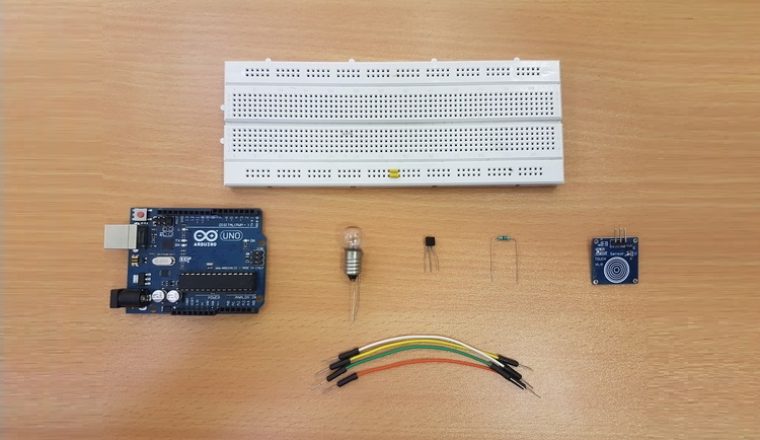
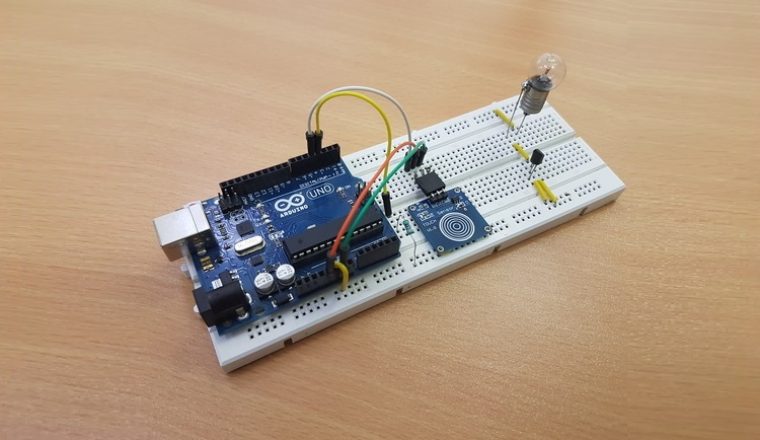
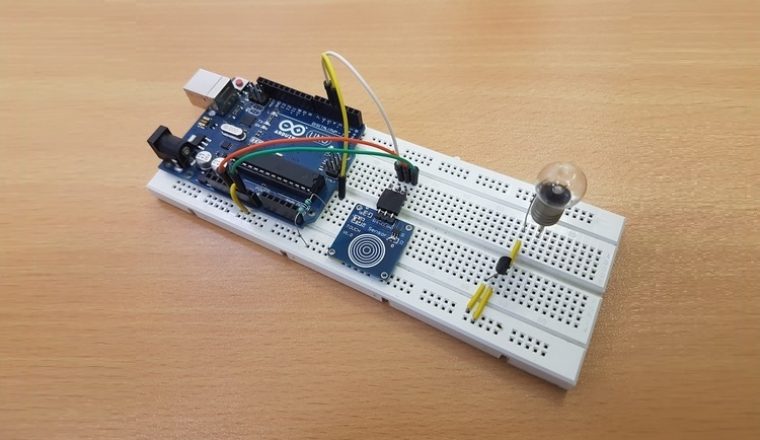
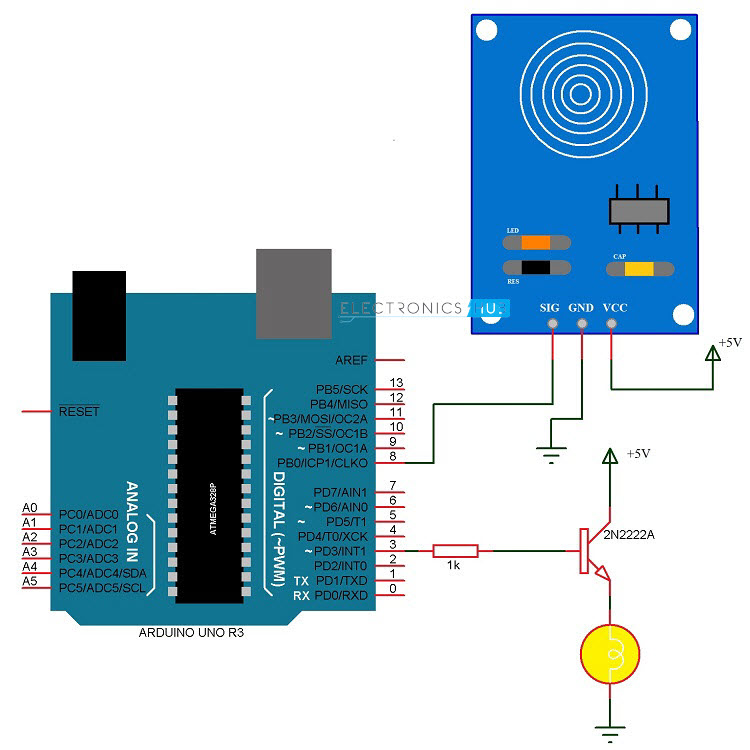
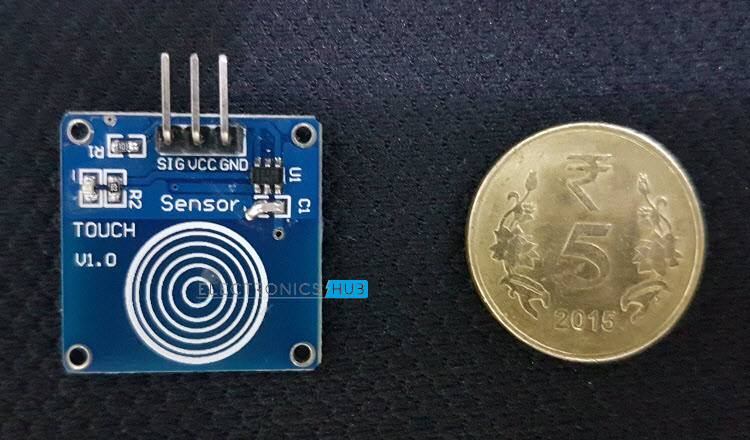
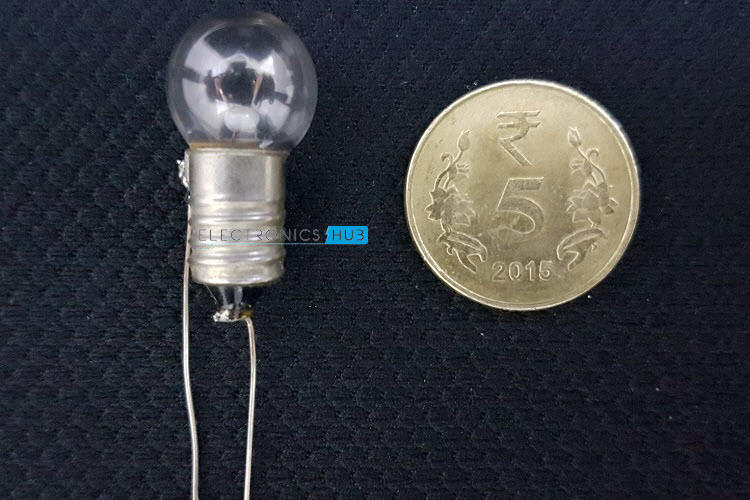






![]()